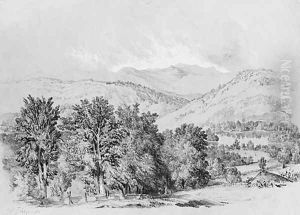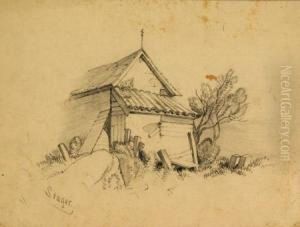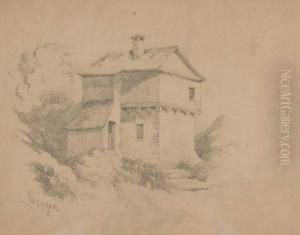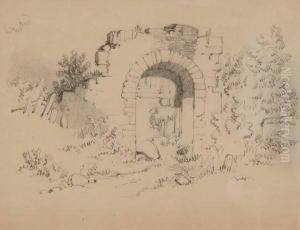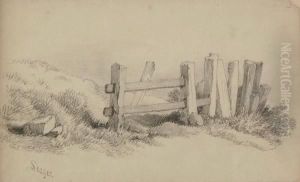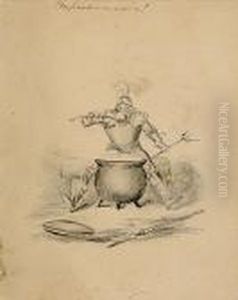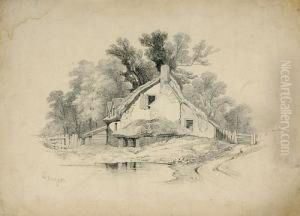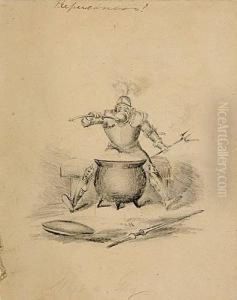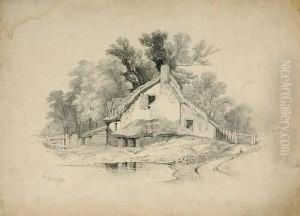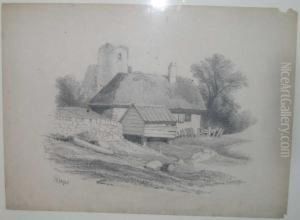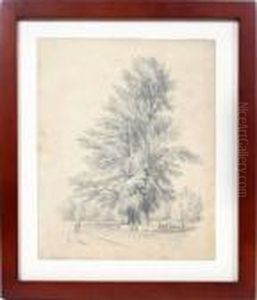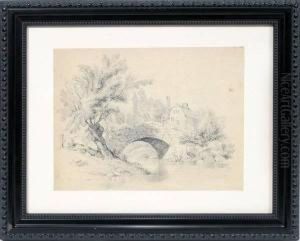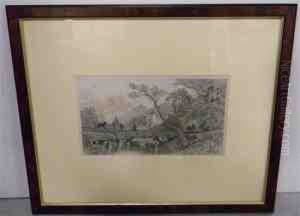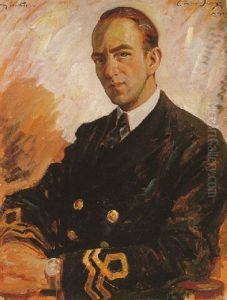Edward Seager Paintings
Edward Seager was a British artist born in the early 19th century, specifically in 1810. He is less widely recognized than some of his contemporaries, but his contributions to the art world, particularly in the realms of painting and drawing, hold a unique place in the British art history of the period. Seager's early life is somewhat obscure, with limited documentation on his education and training. However, it is known that he dedicated himself to the arts from a young age, developing a style that was reflective of the Victorian era's sensibilities and the evolving tastes of the time.
Throughout his career, Edward Seager exhibited a keen interest in landscapes and portraiture, often blending the two genres to create compelling compositions. His works were characterized by their detailed depiction of natural and architectural elements, alongside a nuanced understanding of human expressions and emotions. Seager's approach to painting was traditional, yet his ability to capture the essence of his subjects set his work apart.
During his lifetime, Seager participated in numerous exhibitions, showcasing his work alongside other artists of the era. He was particularly active in the Royal Academy exhibitions, a prestigious venue for artists in the United Kingdom. Despite this, Seager never achieved the level of fame or recognition that some of his peers did. His dedication to his craft, however, did not waver, and he continued to produce art that was both personal and expressive until his death in 1886.
Edward Seager's legacy is that of an artist who remained true to his vision, contributing to the rich tapestry of British art in the 19th century. His works are preserved in several collections and continue to be studied for their technique and historical value. While not a household name, Seager's artistic journey exemplifies the passion and perseverance of artists of his time, making his life and work a subject of interest for art historians and enthusiasts alike.
